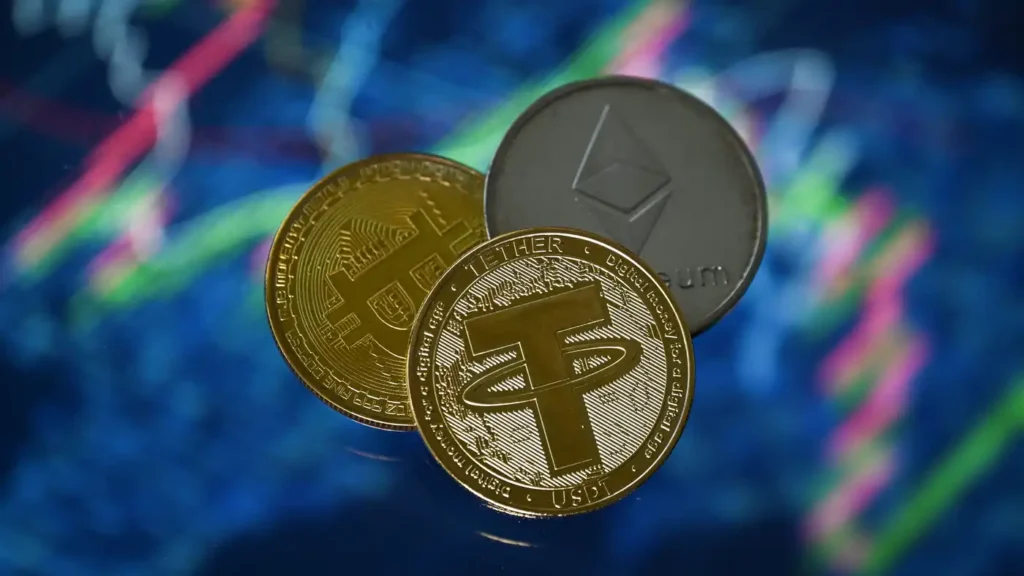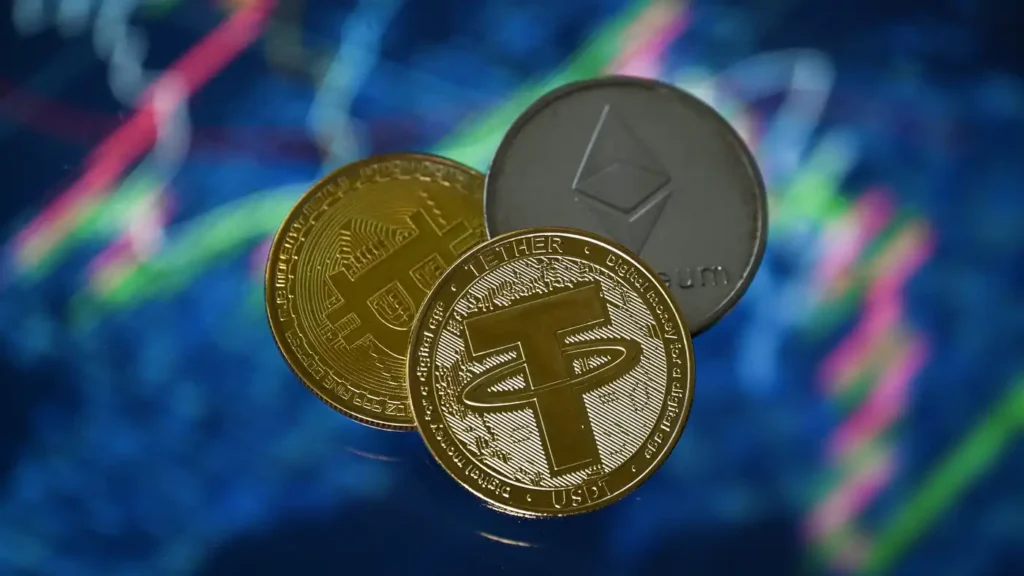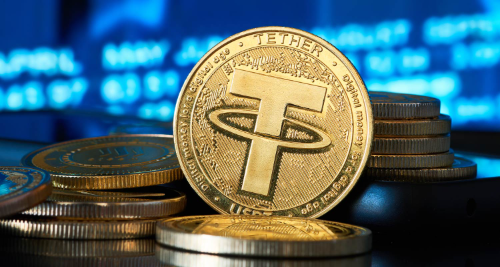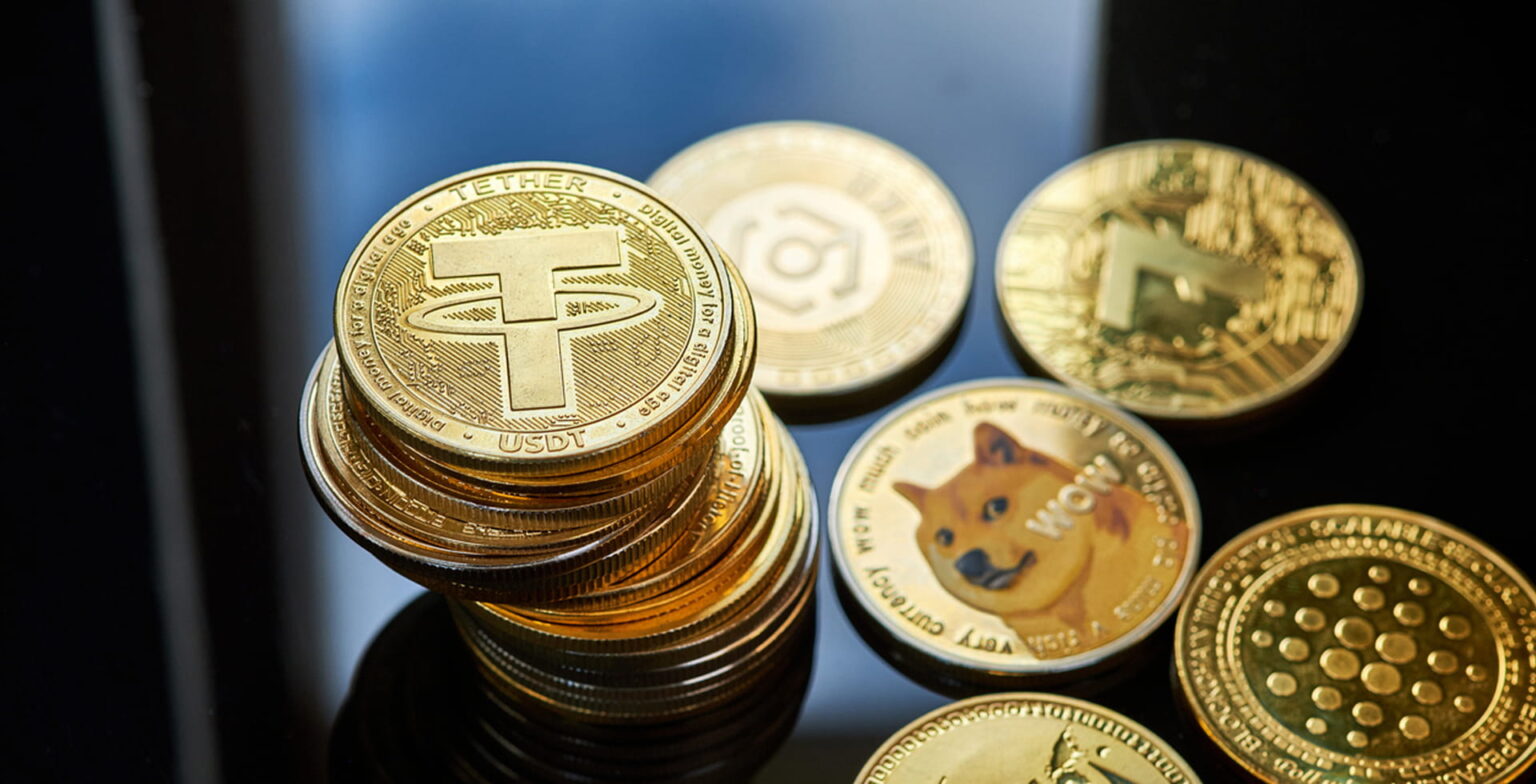At a Glance
- Stablecoins shield African savings from inflation and volatile exchange rates across key markets.
- Nigeria leads Africa’s $22 billion stablecoin transfers, signaling growing trust in digital assets.
- Fintechs integrate stablecoins into mobile money, widening access beyond traditional banking networks.
Africa’s financial landscape is quietly shifting as stablecoins become a refuge from collapsing currencies and inflation.
Across Nigeria, Ghana, and Kenya, millions now turn to U.S. dollar–pegged digital tokens to protect savings and move money safely.
As local currencies lose value, these stable digital assets, known as stablecoins, offer a simple promise: stability. They’re changing how Africans save, trade, and send money across borders in an age of financial uncertainty.

The currency crisis in Africa
Many African economies are battling sharp currency declines and rising prices. The Nigerian naira has lost more than 80 percent of its value against the U.S. dollar since 2020. The Ghanaian cedi has fallen by about half in two years. In such conditions, holding savings in local currency often feels like watching wealth disappear.
Stablecoins offer a refuge. Pegged to the dollar or other strong currencies, they don’t promise profit, only stability. For many, that’s enough. They protect income, savings and trade from the chaos of weak currencies and tight capital controls.

How stablecoins are being used
What began as a niche idea has become an everyday tool.
Remittances: Sending money home used to take days and cost high fees. Today, Africans abroad can send stablecoins instantly, with recipients converting them locally at better rates.
Trade: Small and mid-sized businesses use stablecoins to pay for imports and settle bills across borders, bypassing banks and unpredictable exchange rates.
Savings: For individuals, stablecoins serve as digital cash, a way to hold value until economic conditions improve.
The data tell the story. In sub-Saharan Africa, stablecoins now make up about 43 percent of all crypto transactions. Nigeria leads with nearly $22 billion in stablecoin transfers between July 2023 and June 2024, and an estimated 25.9 million digital-asset users, roughly 12 percent of its population. Kenya and South Africa are integrating stablecoins into mobile money platforms, extending access beyond crypto enthusiasts.

Why it matters
Stablecoins’ rise reflects both pressure and opportunity. Local currencies remain volatile, and traditional banking systems often exclude millions. Fintech firms and mobile money operators are filling the gap by embedding stablecoins into payments, payroll and savings products.
As one fintech executive told allAfrica.com, “For many Africans, stablecoins aren’t about crypto anymore, they’re about control. They make it possible to plan and save again.”
The challenges ahead
Unclear regulation is the biggest obstacle. Most governments are still drafting digital-asset rules, leaving users in uncertain territory. Low financial literacy and patchy internet access also hold back wider adoption, especially in rural areas.
For stablecoins to realize their promise, collaboration among regulators, banks and tech companies will be key. Clear rules and better infrastructure can make them part of the formal economy rather than an underground alternative.
Stablecoins have quietly become Africa’s safeguard against currency collapse, a tool born not from speculation, but from necessity. In a region long defined by financial fragility, they are helping millions find a new kind of stability.





